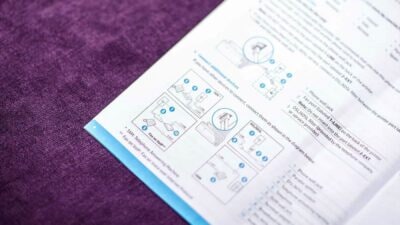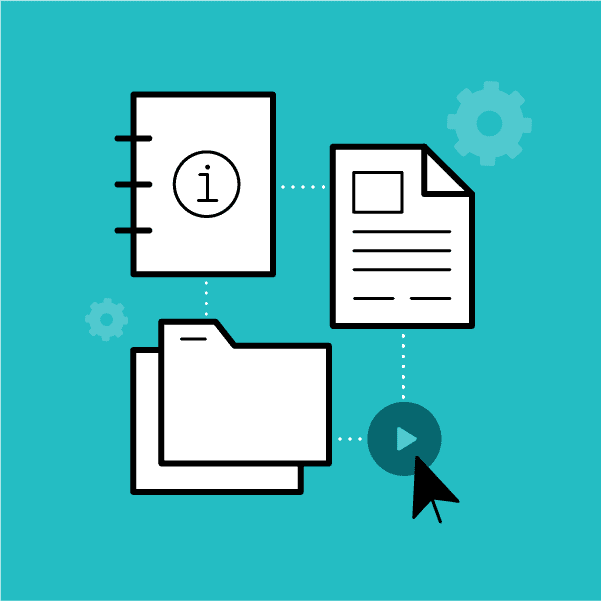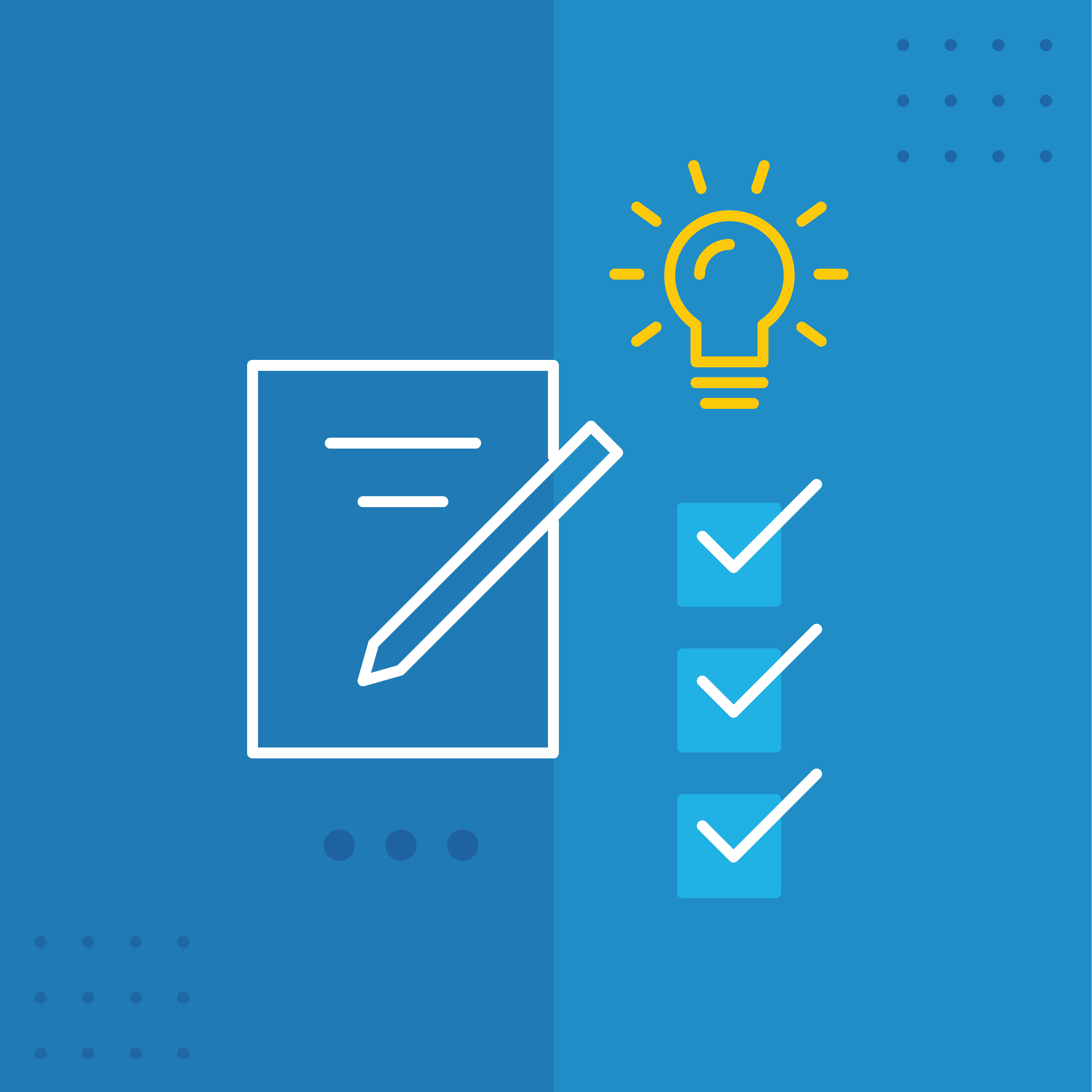This guest blog post was written by Duncan Smith, a technical communication team leader at 3di Information solutions.
Starting out in any new career can be a stressful time. Starting as a technical author is no exception to this. We’re always keen to grow our talented team. So, when a new Technical Author joins us at 3di, we welcome them with open arms. A new starter might have a strong technical background and maybe they picked up a bit of writing experience in a previous job role. However, the world of technical communication could be a bit of an unknown. So, we need to help them find their feet.
Understanding the Basics
Since 2002, 3di has been serving global companies and technology businesses with their award-winning technical writing, translation, and localization services. I joined 3di back in 2014. I arrived with a scientific background and had studied Chemistry at university before working in a laboratory for a few years. This industry experience made me a perfect fit for working on documentation for a global healthcare company. So, I had the right background–but if I’m honest, technical communication was relatively new to me.
To help me get up to speed, authoring tools and technical communication concepts were introduced to me steadily. I was given time to learn about topic-orientated writing, style guides, and the importance of single sourcing. Best practices for graphics and version control were explained to me. Experienced authors shared their knowledge and reviewed writing exercises.

An accurate recreation of the reading new Technical Authors need to undertake
3di has a clear “blueprint” of training modules that all new authors should go through. This helps give anyone who joins a good foundation–and gets them ready to join the world of customer projects.
Joining Customer Projects
As good as our new recruits are, we don’t expect them to be able to immediately deliver on a service. To ensure quality and consistency in the technical communications that 3di delivers for a customer, each service is led by an experienced Lead Author. Part of the Lead Author’s responsibility is to get new authors on board and show them the ropes.

Lead Authors support new members of the team
Initial training focuses on the customer and their products, and the processes and tools we use for that customer. Using an internal knowledge base software, we record important information and procedures that are specific to a customer, so new authors can always look things up if they’re struggling.
Then it’s about finding the best authoring tasks for the new author to work on. Perhaps the customer asks for minor updates to a product’s Setup Guide – sounds perfect! The new author can make the requested changes to the document, then pass it to the Lead Author to review. The Lead Author reviews the source files together with the published output, to check everything looks good. This method gives new authors a chance to start working with the team to contribute to customer projects, but in a safe and supportive environment.
Creating Great Content
Every customer is different. But at 3di we have standard processes for running projects and services.
To help authors work their magic, we have three key resources:
- Templates and Template Descriptions
- Style Guide
- Content models
To read more, check out 3di’s blog post about the three pillars of quality technical content here.

Templates, style guides and content models help authors create consistent work
1. Templates and Template Descriptions
Several years ago, we created a template project for MadCap Flare. We use the template as the starting point for any new Flare projects, so authors can work with common file structures, styles, and other assets. This consistency in projects helps new authors move between projects for different customers.
Flare makes it easy to take our template and adapt it for our customers. A few font and color changes to our standard stylesheet, and some updates to the page layouts or master pages, and voilà! Outputs already start to look and feel like the customer’s documentation. New features in Flare such as the support for CSS variables make customizing the template even easier than before. What’s important is that this template is constantly being refined-any features or developments that we add for a new customer are brought back into the template, ready for next time.
Within the template project, the Template Description contains information such as what each Flare style is for, how to add graphics, or how to use safety messages and tips.
2. Style Guides
Every author understands the importance of a Style Guide: to ensure consistency in both writing style and terminology. But we can’t expect authors to memorise the Style Guide off-by-heart. At 3di, we’ve built our default Style Guide within Flare, and built it in PDF and HTML formats. We host the HTML version on a site that all of our authors can access. They can quickly check the Style Guide and use the built-in search to look up what they need.
3. Content Models
Content models help ensure documentation is well-planned and consistent. A content model lets authors know what types of topics they should create, and what information these topics should contain. It can be daunting to start writing about a new feature or product from scratch–a content model provides a framework for the author to work with and fill in the gaps.
Moving On Up
Getting to grips with technical communication and the various customers that we work with is no small task for new starters. But this initial training, support and collection of resources help embed best practices and understanding amongst our authors. With these, it shouldn’t be too long before the new starter will be another expert in the field.










